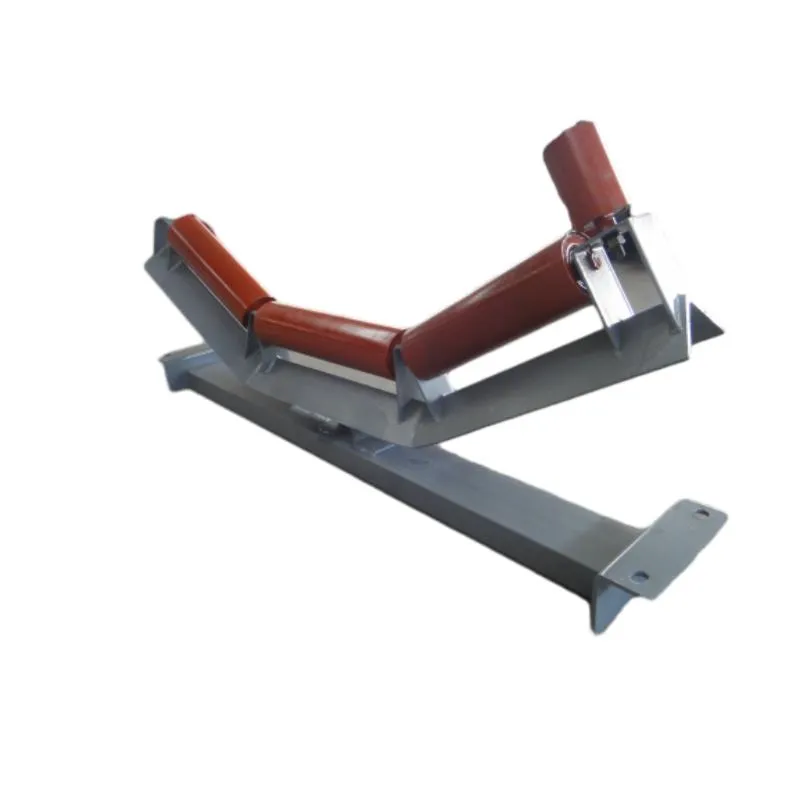 Afrikaans
Afrikaans  Albanian
Albanian  Amharic
Amharic  Arabic
Arabic  Armenian
Armenian  Azerbaijani
Azerbaijani  Basque
Basque  Belarusian
Belarusian  Bengali
Bengali  Bosnian
Bosnian  Bulgarian
Bulgarian  Catalan
Catalan  Cebuano
Cebuano  Corsican
Corsican  Croatian
Croatian  Czech
Czech  Danish
Danish  Dutch
Dutch  English
English  Esperanto
Esperanto  Estonian
Estonian  Finnish
Finnish  French
French  Frisian
Frisian  Galician
Galician  Georgian
Georgian  German
German  Greek
Greek  Gujarati
Gujarati  Haitian Creole
Haitian Creole  hausa
hausa  hawaiian
hawaiian  Hebrew
Hebrew  Hindi
Hindi  Miao
Miao  Hungarian
Hungarian  Icelandic
Icelandic  igbo
igbo  Indonesian
Indonesian  irish
irish  Italian
Italian  Japanese
Japanese  Javanese
Javanese  Kannada
Kannada  kazakh
kazakh  Khmer
Khmer  Rwandese
Rwandese  Korean
Korean  Kurdish
Kurdish  Kyrgyz
Kyrgyz  Lao
Lao  Latin
Latin  Latvian
Latvian  Lithuanian
Lithuanian  Luxembourgish
Luxembourgish  Macedonian
Macedonian  Malgashi
Malgashi  Malay
Malay  Malayalam
Malayalam  Maltese
Maltese  Maori
Maori  Marathi
Marathi  Mongolian
Mongolian  Myanmar
Myanmar  Nepali
Nepali  Norwegian
Norwegian  Norwegian
Norwegian  Occitan
Occitan  Pashto
Pashto  Persian
Persian  Polish
Polish  Portuguese
Portuguese  Punjabi
Punjabi  Romanian
Romanian  Russian
Russian  Samoan
Samoan  Scottish Gaelic
Scottish Gaelic  Serbian
Serbian  Sesotho
Sesotho  Shona
Shona  Sindhi
Sindhi  Sinhala
Sinhala  Slovak
Slovak  Slovenian
Slovenian  Somali
Somali  Spanish
Spanish  Sundanese
Sundanese  Swahili
Swahili  Swedish
Swedish  Tagalog
Tagalog  Tajik
Tajik  Tamil
Tamil  Tatar
Tatar  Telugu
Telugu  Thai
Thai  Turkish
Turkish  Turkmen
Turkmen  Ukrainian
Ukrainian  Urdu
Urdu  Uighur
Uighur  Uzbek
Uzbek  Vietnamese
Vietnamese  Welsh
Welsh  Bantu
Bantu  Yiddish
Yiddish  Yoruba
Yoruba  Zulu
Zulu Understanding Conveyor Belt Roll Mechanisms for Efficient Material Handling Solutions
The Importance of Conveyor Belt Rolls in Modern Industries
In today's fast-paced industrial environment, efficiency and productivity are paramount. Conveyor systems have emerged as crucial components in manufacturing, warehousing, and distribution operations. At the heart of these systems lies the conveyor belt roll, an essential element that facilitates the smooth movement of goods and materials through various stages of production and logistics.
What is a Conveyor Belt Roll?
A conveyor belt roll is a cylindrical component that allows the conveyor belt to move seamlessly along a predetermined path. Typically made from durable materials such as rubber or PVC, these rolls are designed to support the weight of the belt and any items being transported. Conveyor belt rolls come in various sizes and designs, tailored to meet the specific needs of different industries, including automotive, food processing, mining, and pharmaceuticals.
The Role of Conveyor Belt Rolls in Efficiency
One of the primary functions of conveyor belt rolls is to reduce friction and wear on the conveyor belt. By providing a smooth surface for the belt to travel over, these rolls minimize resistance, allowing for faster and more efficient movement of products. In industries where time is money, this efficiency can lead to significant cost savings and improved throughput. Moreover, utilizing properly designed conveyor belt rolls helps to ensure a consistent flow of materials, preventing bottlenecks in production lines and enhancing overall workflow.
Types of Conveyor Belt Rolls
conveyor belt roll

There are several types of conveyor belt rolls, each designed for specific applications. Idler rolls are the most common type, providing support and maintaining the tension of the belt. Drive rolls, on the other hand, are responsible for transmitting power from the motor to the belt, thus facilitating its movement. Additionally, there are specialty rolls like return rolls, which are used in systems where the belt needs to travel back to the starting point.
The choice of roll type depends on a variety of factors, including the weight and size of the materials being transported, the speed of the conveyor system, and the specific environmental conditions of the workspace. For example, in harsh environments where exposure to moisture and chemicals is common, corrosion-resistant materials may be required for the rolls to ensure longevity and reliability.
Maintenance and Care
To maintain optimal performance, regular maintenance of conveyor belt rolls is essential. This includes inspecting for wear and tear, ensuring proper alignment, and checking for adequate lubrication. Neglecting these aspects can lead to equipment failures, decreased efficiency, and costly downtimes. Companies are encouraged to implement a preventive maintenance schedule, which can help identify issues before they escalate into significant problems.
Additionally, advancements in technology have led to the development of smart monitoring systems. These systems can provide real-time data on the condition of conveyor belt rolls, allowing for predictive maintenance measures that can further improve operational efficiency and reduce unexpected breakdowns.
Conclusion
In conclusion, conveyor belt rolls are fundamental to the functionality and efficiency of modern industrial processes. Their ability to facilitate smooth and seamless material movement not only enhances productivity but also contributes to the overall success of various manufacturing and logistics operations. As technology continues to evolve, the importance of conveyor belt rolls will only increase, making them an indispensable element in the pursuit of operational excellence. Ensuring their proper maintenance and selection is crucial for businesses that strive to maintain a competitive edge in an ever-changing marketplace. Whether in a warehouse, factory, or distribution center, the role of conveyor belt rolls cannot be overstated — they are truly the unsung heroes of the industrial world.
-
Revolutionizing Conveyor Reliability with Advanced Rubber Lagging PulleysNewsJul.22,2025
-
Powering Precision and Durability with Expert Manufacturers of Conveyor ComponentsNewsJul.22,2025
-
Optimizing Conveyor Systems with Advanced Conveyor AccessoriesNewsJul.22,2025
-
Maximize Conveyor Efficiency with Quality Conveyor Idler PulleysNewsJul.22,2025
-
Future-Proof Your Conveyor System with High-Performance Polyurethane RollerNewsJul.22,2025
-
Driving Efficiency Forward with Quality Idlers and RollersNewsJul.22,2025





























